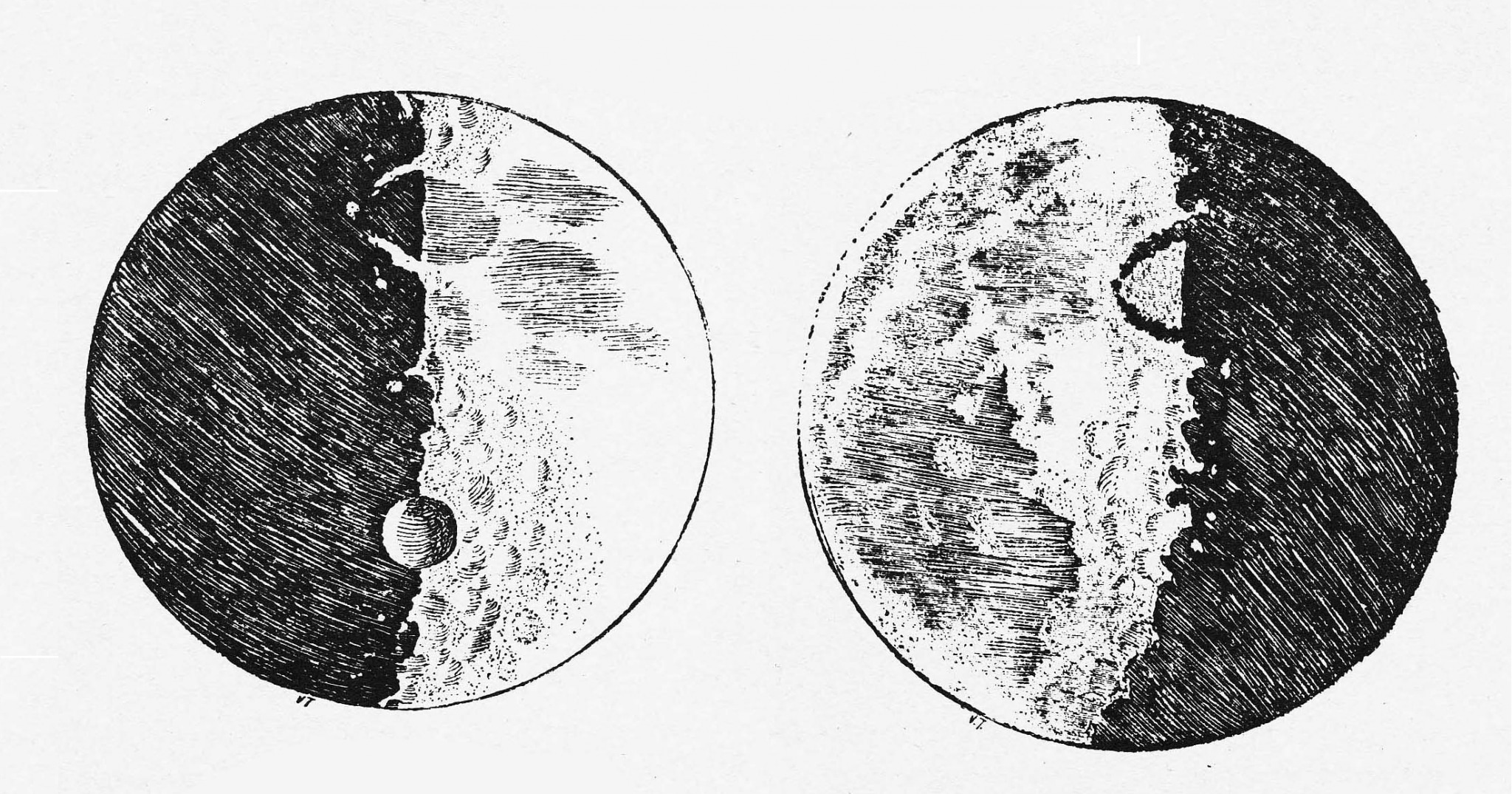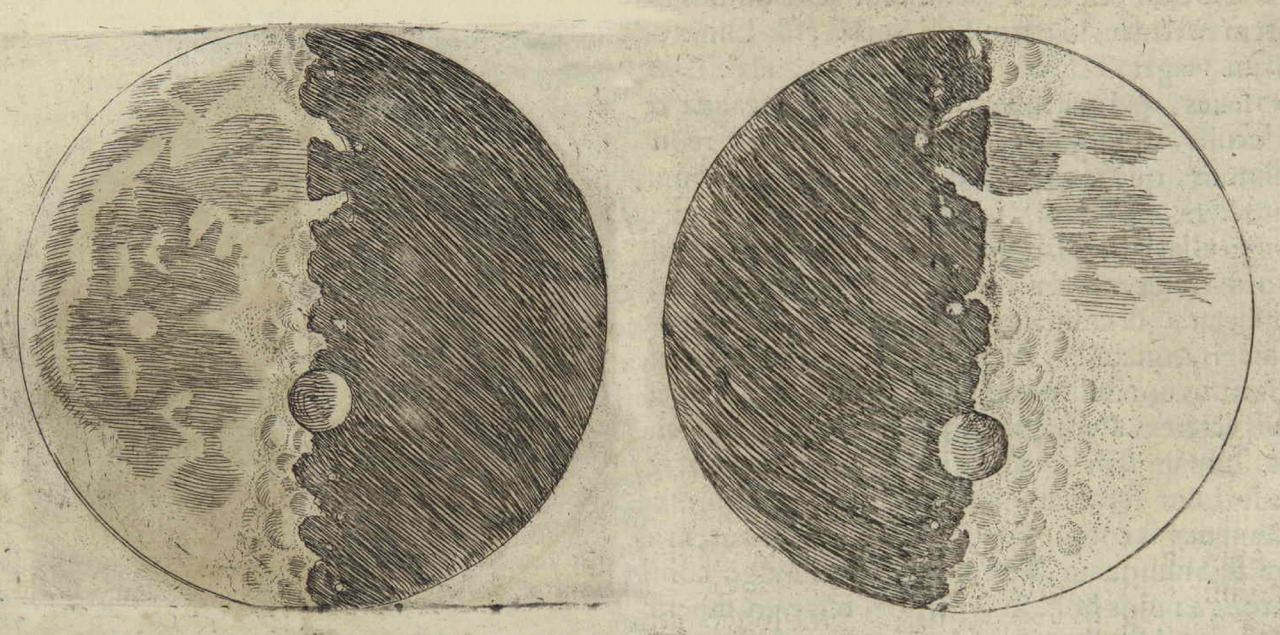The first man to make proper maps of the moon was galileo he didn t invent the telescope but by 1609 he had developed a telescope that could magnify objects up to 20 times

The First Man to Make Proper Maps of the Moon: Galileo’s Telescope Revolution

When it comes to unlocking the mysteries of the universe, few names stand out like Galileo Galilei. Born in Pisa, Italy, in 1564, Galileo is best known for his groundbreaking work in astronomy, which forever changed our understanding of the cosmos. Among his numerous achievements, one milestone stands tall: Galileo became the first man to make proper maps of the moon.
Before Galileo, our knowledge of the moon was limited to crude drawings and speculations. There was a desperate need for a more accurate representation of Earth’s closest celestial neighbor. While Galileo did not invent the telescope, his dedication, persistence, and ingenuity led to the development of a revolutionary instrument that would transform our understanding of the universe.
Galileo’s first encounter with the telescope occurred in 1609 when he learned about the invention from a Dutch source. Intrigued by its potential, Galileo set out to construct his version, aiming to improve its capabilities. Through countless experiments and modifications, he managed to refine the telescope’s design, ultimately achieving magnification up to an impressive 20 times.

Armed with this new and powerful tool, Galileo turned his gaze towards the heavens. His observations of the moon were nothing short of groundbreaking. By meticulously documenting the moon’s features, he created accurate maps that showcased its craters, mountains, and other remarkable details. These maps became the foundation for further lunar studies and inspired future generations of astronomers and explorers.
Galileo’s lunar observations played a vital role in challenging the prevailing beliefs of his time. They provided concrete evidence that celestial bodies were not perfect, polished spheres, as previously thought. Instead, his maps revealed a rugged, imperfect lunar surface, littered with irregularities and imperfections. This discovery shattered long-held notions and paved the way for a new understanding of the cosmos.
Moreover, Galileo’s keen eye and meticulous mapping methods demonstrated the importance of accurate scientific observation and documentation. He set the standard for future astronomers and scientists, emphasizing the significance of detail-oriented research and precise measurements—a legacy that continues to guide our exploration of the universe today.
In conclusion, Galileo Galilei’s contributions to astronomy are immeasurable. By developing a telescope capable of precise magnification, he became the first man to produce accurate maps of the moon. His groundbreaking work not only expanded our knowledge of Earth’s celestial neighbor but also transformed the way we approach scientific observation. Galileo’s revolutionary maps of the moon were a pivotal moment in our understanding of the universe, forever changing the course of human exploration and inspiring generations to come.
(Source: mymodernmet.com)
Tags
Share
Related Posts
Quick Links
Legal Stuff

